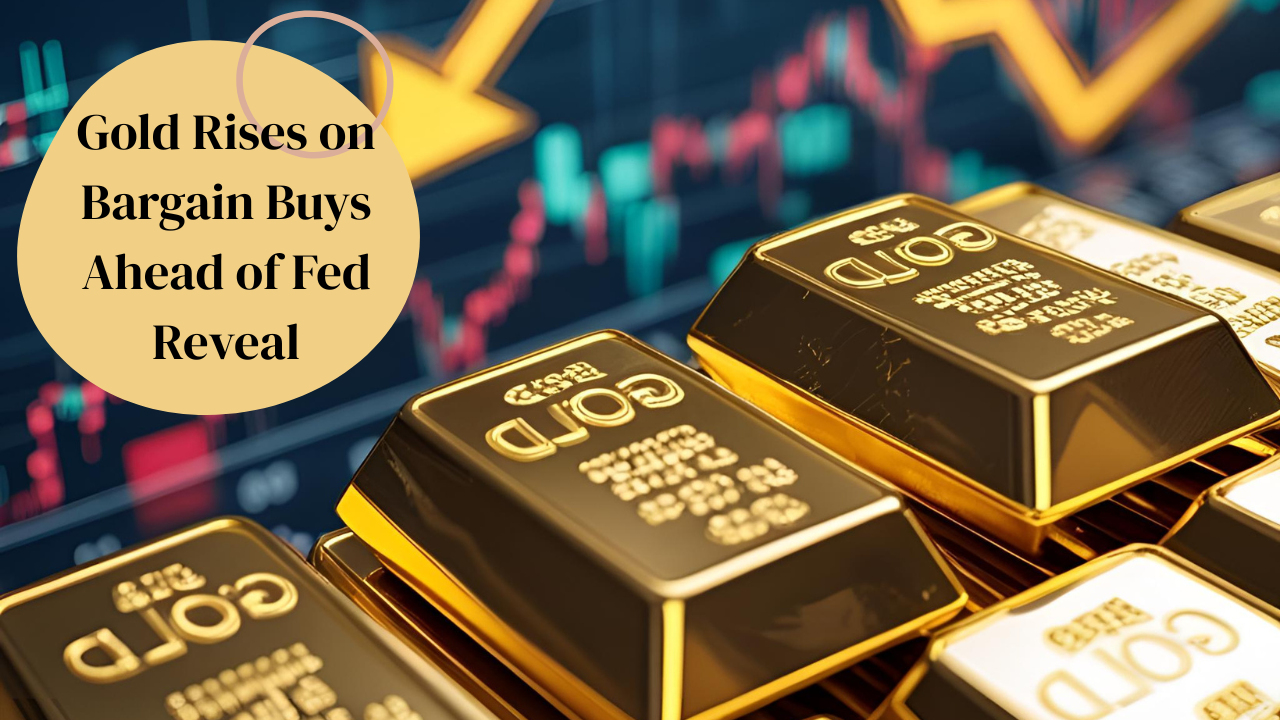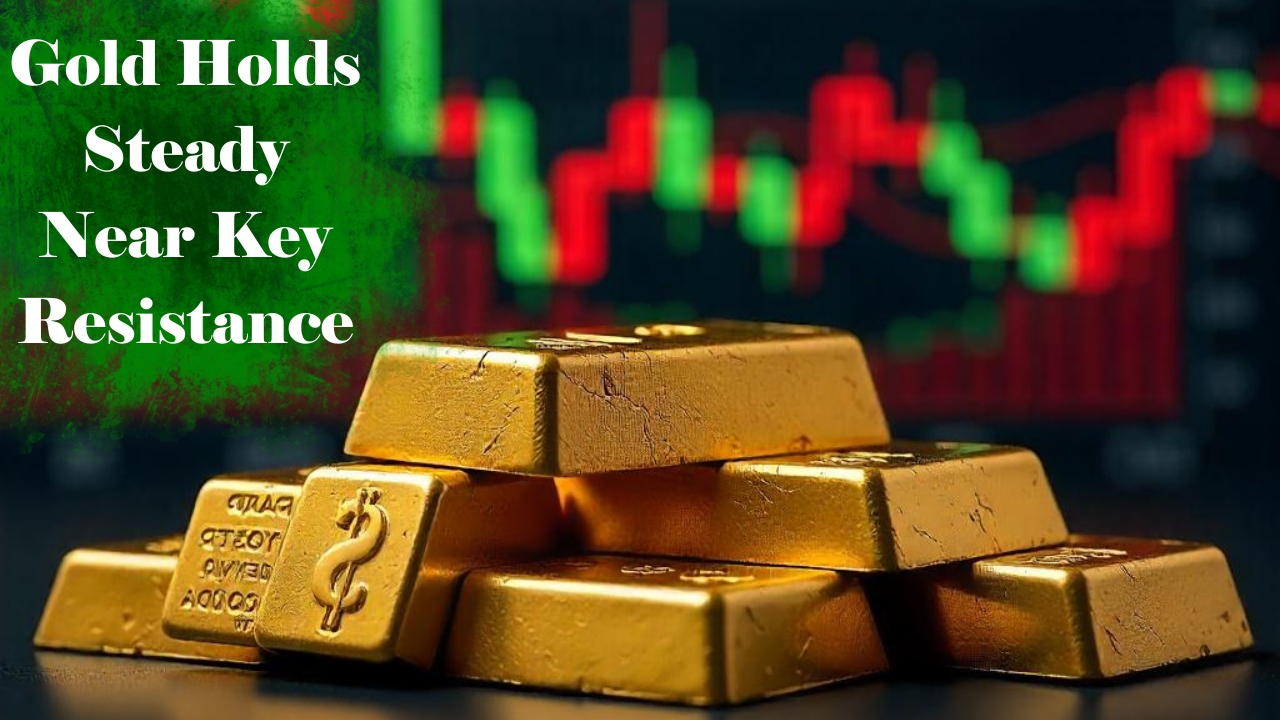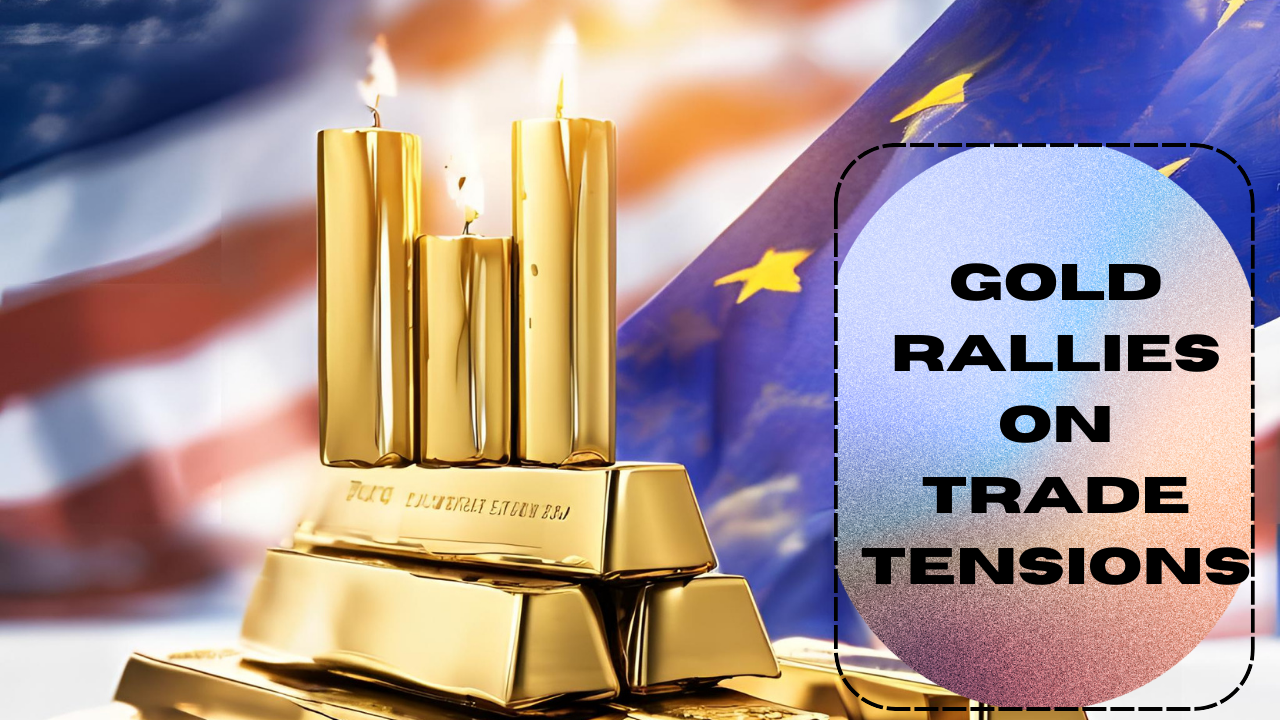
US Fiscal Worries and Fed Signals Keep Investors Cautious
Tuesday saw a decline in gold prices as demand for the precious metal was weakened by the U.S. dollar’s recovery.
As investors braced for upcoming U.S. financial data and comments from Federal Reserve officials, they remained cautious, anticipating potential shifts in monetary policy.
By 05:37 GMT, spot gold had fallen 0.5% to $3,325.99 per ounce, while U.S. gold futures declined 1.2% to $3,325.70.
This drop followed Monday’s market closure in both the U.S. and London due to an official holiday, temporarily pausing global trading momentum.
Increased Dollar Limits Gold Attraction
Foreign investors found dollar-priced gold less appealing after the U.S. dollar index recovered from a nearly one-month low.
Since gold becomes more expensive for holders of other currencies, a higher dollar often lessens the attraction of the commodity.
In addition, gold prices are consolidating, according to OANDA senior market analyst Kelvin Wong. He claimed that the market was resting and awaiting a fresh impetus.
However, ongoing worries about the growing U.S. fiscal imbalance continue to be a major motivator.
According to the Congressional Budget Office, the recently approved tax-cut measure could increase the national debt by $3.8 trillion over the course of the next ten years.
Markets Watch Economic Data and Reserve Rate Adjustments
Investor focus is now shifting to Friday’s release of the core Personal Consumption Expenditures (PCE) index, a crucial inflation indicator, and several upcoming Federal Reserve speakers.
The result may influence how interest rate policy is anticipated to develop in the coming months.
As a result, the market viewpoint is that rates may be lowered in September. It would boost gold prices by lowering the opportunity cost of keeping bullion and other non-yielding investments.
In the meantime, gold was followed by various other precious metals. Palladium sank 0.8% to $979.50, platinum was down 0.6% to $1,078.68, and silver fell 0.7% to $33.12 an ounce.
Therefore, precious metals may continue to see greater volatility soon if monetary policy is still erratic and there is ongoing uncertainty in the global economy.






